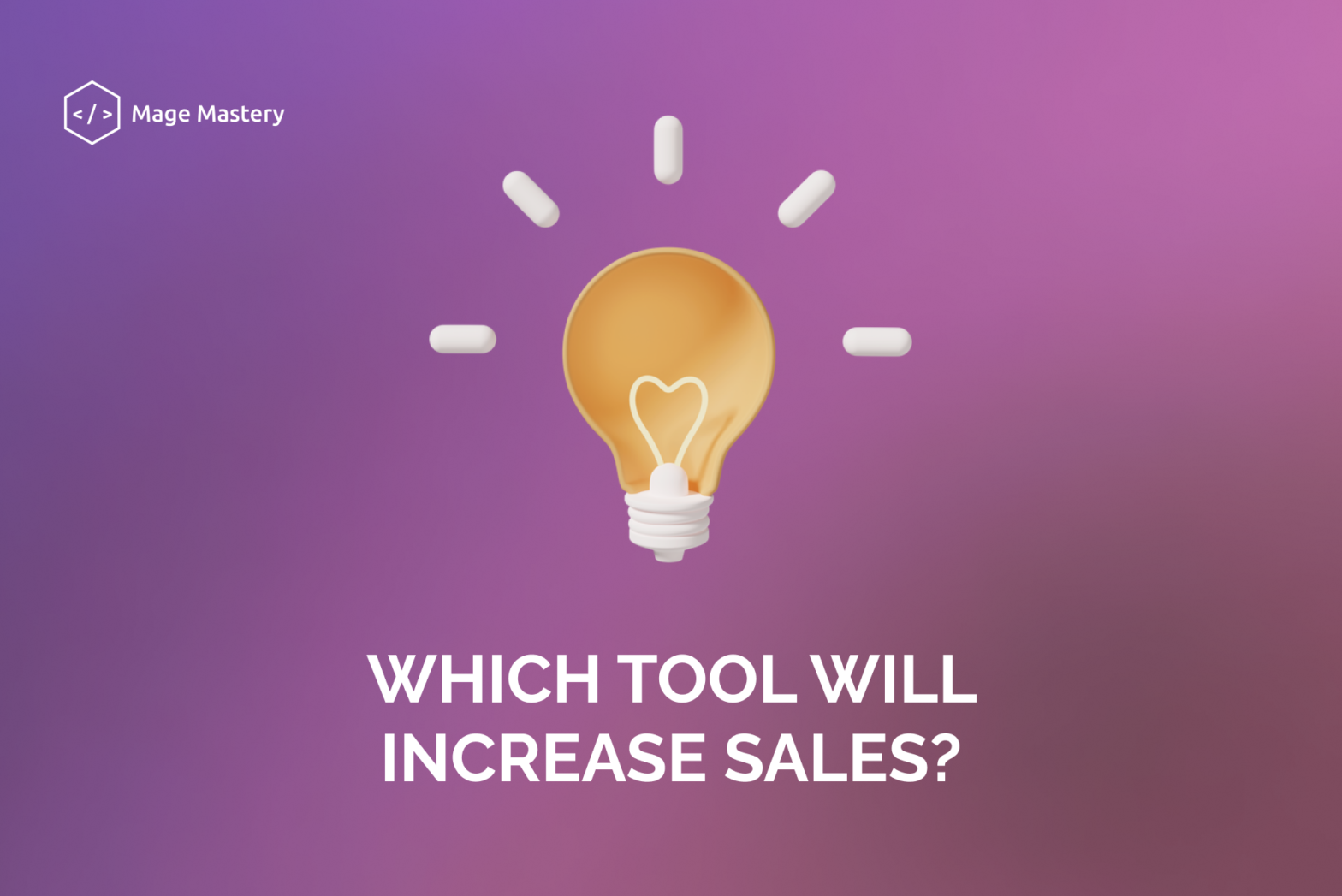There are hundreds of tools on the market that promise to turn your site into a sales machine. The potential benefits may seem colossal, but the number of options is simply intimidating. Better to start with the basics. With what — we understand together!
1. Product recommendations
The gold standard for upselling in eCommerce is, of course, product recommendations. According to Barilliance Research, they bring online stores up to 31% of revenue. In general, there is a lot of research on the topic of which blocks to place on which pages for maximum sales conversion. We once also wrote a large article about it. Read if interested.
To begin with, it is worth remembering two things about product recommendations.
2. Personalized search
Let’s face it, eCommerce searches aren’t easy. It’s naive to expect a generic keyword-driven system to leave a good impression on your site’s visitors. If someone is typing a request, it means they already know what to look for — this is hot traffic. It would be a shame not to convert it into a purchase just because your search doesn’t understand typos.
What should a good search do?
✔️ Understand users from a half-word — update the products in the drop-down window after each character is entered to reduce the number of clicks.
✔️ Change with the season and the visitor — based on behavior and history, everyone sees what suits them.
✔️ Customize to fit your business needs, such as showing more popular or margined products.
✔️ Understand requests with errors, typos, and synonyms — and offer similar products if something is missing.
✔️ Take into account the industry, so that in the bookstore you can search by publisher, and in the fashion segment — by size.
At the same time, you, as a business owner, should be able to analyze request statistics to respond to them.
3. Email campaigns
Emails are still the main channel of interaction with customers. It may seem strange to some, but email marketing works better than social networks.
So, what is fundamentally important for email marketing today? Automation, personalization, and analytics. Here are some features to look out for when choosing a service for your site:
- Block structure — so as not to bother with HTML layout, but simply collect letters from pieces of text, headings, buttons, and pictures.
- Product recommendations — so that the customer can go to interesting products directly from the email.
- Dynamic banners — so that each segment receives its offer: just upload a picture and set the conditions.
- Promo codes — to motivate you to buy and work with abandoned carts. Important: do not force users to copy promo codes or, God forbid, enter them manually.
- Evaluation of results — to view statistics on mailings, a click map in a letter, and evaluate marketing campaigns.
4. Trigger chains
The next level of email marketing is the chain of letters that smoothly leads the client to purchase. With their help, you can divide the audience into smaller segments, which means better personalization. In this way, you can reactivate customers, work with abandoned carts, and report that the product is back in stock.
Here are some trigger chain scenarios:
Abandoned cart. Letter 1: abandoned cart reminder → Letter 2: handling objections → Letter 3: promo code for a discount.
Welcome chain. Letter 1: greeting new subscribers → Letter 2: motivation to buy, for example, a promo code.
For new clients. Letter 1: welcome, tell me about yourself → Letter 2: information that the order is on the way → Letter 3: please write a review → Letter 4: promotional code for the next purchase with limited validity → Letter 5: a reminder of the promotional code.
5. Reviews
According to last year’s study by AliExpress and Data Insight, 91% of shoppers read reviews before placing an order. Most of them prefer to do it on the shop website. That is, if there are no reviews, visitors will go to explore and buy elsewhere.
Alas, the problem with reviews is that they are difficult to collect. The form on the site most often does not work efficiently enough.
We like to collect feedback (in continuation of the previous point) through trigger chains.
6. Pop-ups
Perhaps, pop-ups cannot be considered separate sales tools. But they work great together with other tools. According to Sumo research, pop-up conversions can be as high as 9.28% (average of 3.09%). The main thing is not to abuse and show them at the right time. For example:
- Pop-up with a subscription form when a new visitor enters the site.
- With a promotional code, when a potential customer added something to the cart and decided to leave.
- With a promotion announcement on goods in favorites.
- With product recommendations when a visitor added something to the cart.
- With a “You’ll run out of food soon” reminder if a customer orders the same product over and over again.
Therefore, an important condition for pop-ups, if you decide to add them to the site, is the ability to customize the logic yourself.
You can be interested in 4 best services for pop-up windows creation
This bare minimum set of tools is enough to keep sales effective and meet the needs of modern shoppers—even if you choose to scale.
